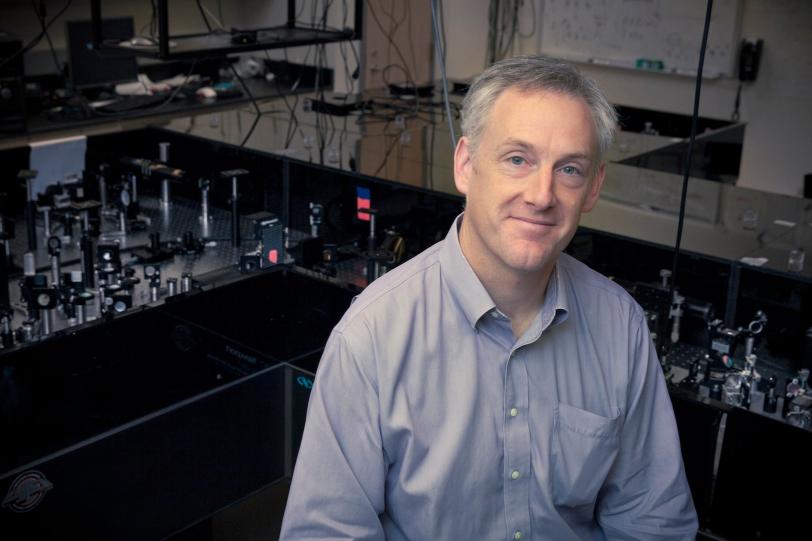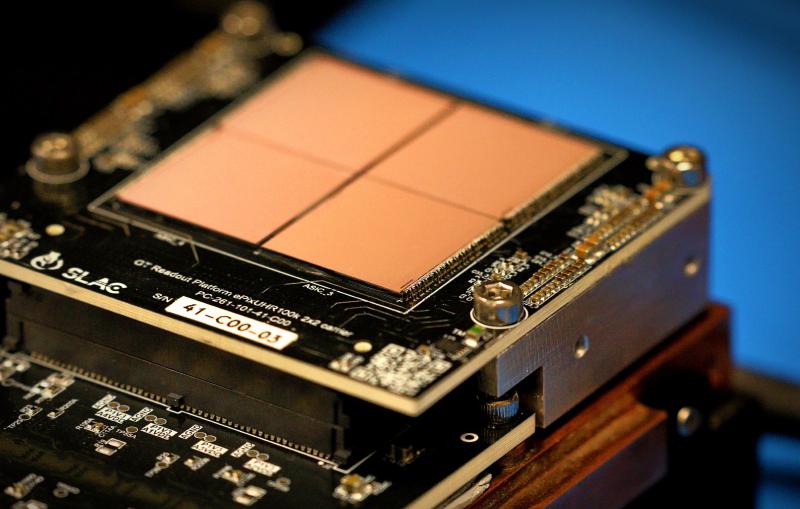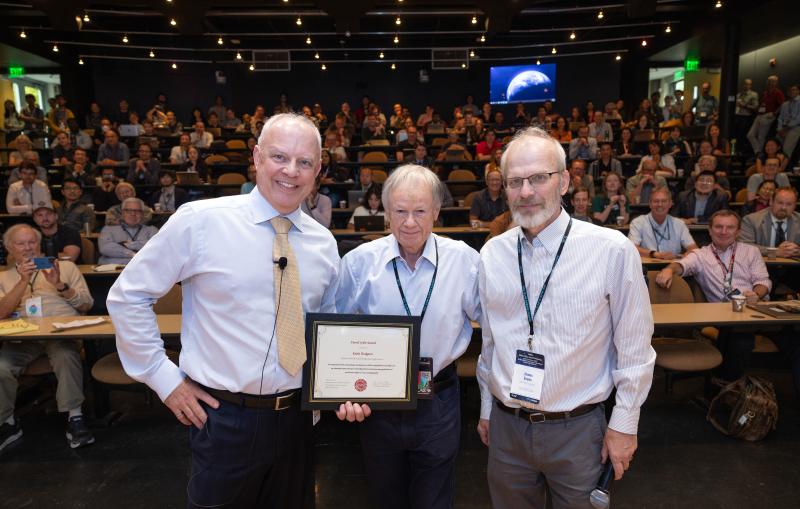January 18, 2017
Meet the Director of SSRL: Kelly Gaffney
Kelly Gaffney is the director of SSRL, SLAC's synchrotron that produces extremely bright x-rays as a resource for researchers to study our world at the atomic and molecular level of energy production, environmental remediation, nanotechnology, new materials and medicine.

Dig Deeper





